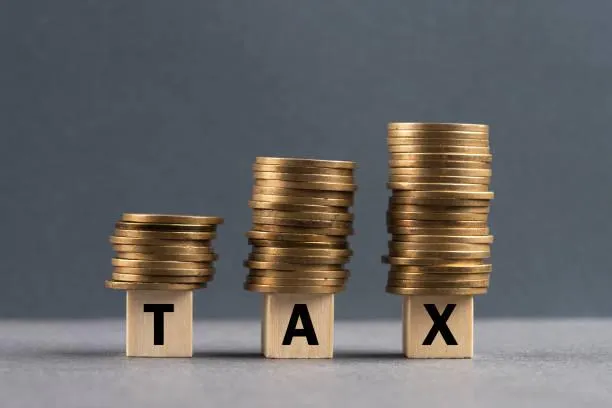
C Corp Dividends - how they differ from shareholder distributions
If you’ve ever wondered how C-Corp dividends work—or why you hear so much about “double taxation”—you’re not alone. Business owners often get tripped up when comparing how money flows out of a C-Corp versus an S-Corp or other pass-through entity.
Let’s break it down in plain language so you understand the difference between C-Corp dividends and shareholder distributions, and why it matters for your tax bill.
What Are C-Corp Dividends?
When a C-Corporation earns profits, it pays corporate income tax first. If the company decides to share those after-tax profits with its shareholders, those payments are called dividends.
Here’s the catch:
The corporation pays tax on its profits.
Shareholders then pay personal income tax on the dividends they receive.
This is what people mean by “double taxation.” The same money gets taxed once at the corporate level and again at the individual level.
For IRS details, see Publication 542: Corporations.
What About Shareholder Distributions?
Other types of business entities, like S-Corps, partnerships, or LLCs taxed as partnerships, typically pay owners through distributions.
With these structures:
Business income “passes through” to the owners’ personal tax returns.
Owners pay tax once—on their share of the business income—whether or not the money is actually distributed.
The big difference? No double taxation. The income is only taxed once at the owner’s personal level, not at both the business and personal level.
If you’re not clear on how different entities impact taxes, check out our blog on LLC, S-Corp, C-Corp? Here’s What Business Owners Really Need to Know About Legal vs. Tax Entities
A Quick Example
Let’s compare two scenarios with the same $100,000 of business profit:
C-Corp:
Corporation pays, say, 21% corporate tax = $21,000.
$79,000 remains. If distributed, the shareholder might pay 15% dividend tax = about $11,850.
Total tax: $32,850 (double taxation).
S-Corp:
The $100,000 passes directly to the owner’s personal return.
Owner pays tax once (say, 22%) = $22,000.
Total tax: $22,000 (single layer of tax).
The numbers will vary based on tax brackets, but the pattern is the same: C-Corp owners often face higher total tax because of that second layer.
Want to see another angle on this? Our post on HSA rules for S-corp owners explains how ownership status changes your tax treatment in similar ways.
Why Would Anyone Choose a C-Corp Then?
Despite double taxation, C-Corps sometimes make sense. They can:
Retain profits at the corporate level for reinvestment.
Offer different classes of stock for investors.
Be attractive for businesses planning to scale, raise venture capital, or eventually go public.
It all comes down to your goals, growth stage, and long-term strategy.
Final Thoughts
C-Corp dividends and shareholder distributions may sound similar, but the tax treatment is very different. C-Corps face double taxation when profits are distributed, while S-Corps and other pass-through entities typically avoid it.
Choosing the right structure for your business can have a big impact on how much tax you pay—not just today, but over the long haul.
If you’re weighing whether a C-Corp or another entity type makes sense for your business, our team at Misty Newsome CPA is here to help. Reach out today and let’s build a tax-smart strategy that gives you clarity and confidence.